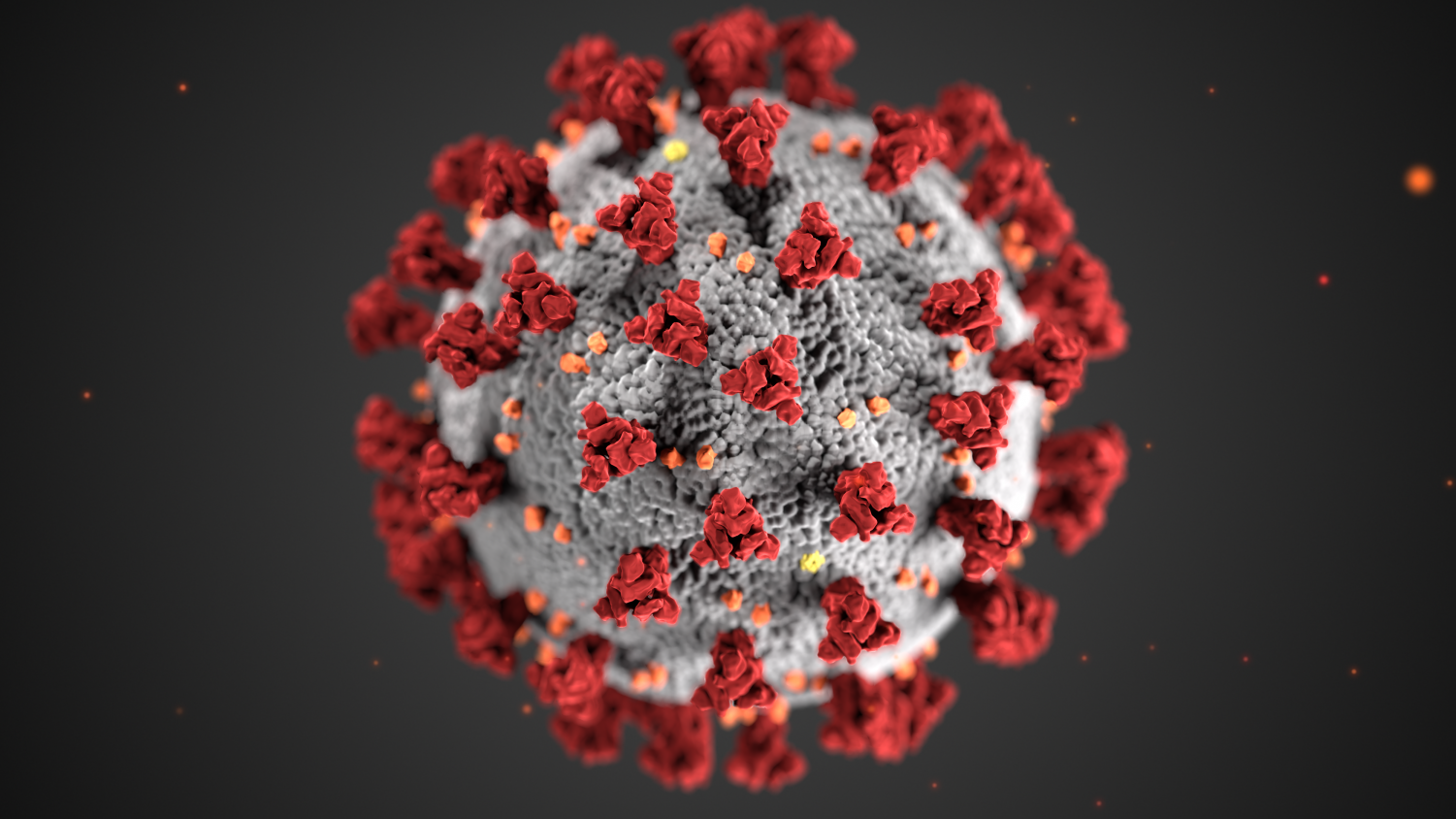Coronavirus Debrief
April 27, 2020
In late December of 2019, a cluster of cases showing pneumonia-like symptoms broke out in the Wuhan Province of China. On January 7, Chinese health authorities confirmed that this cluster was in fact a novel coronavirus now named COVID-19 by the World Health Organization (WHO). A novel virus is one that has not been seen before. As of April 8, there have been over 1.6 million confirmed cases of the virus globally. Online outbursts and the viral spread of fear-mongering on social media echo-chambers have created panic, especially in the United States and Western Europe. This has caused large dips in the stock market and global shortages of protective gear for healthcare workers.
The coronavirus should be taken seriously. China has taken extreme measures to contain it. Residents of areas over approximately 620 miles from the city of Wuhan took strict precautions, and only went outside for emergency purposes. They recently ended their 76 day lockdown. During the lockdown, citizens were told to stay indoors as long as they still had food. Even when they did need to go out shopping, residents were given specific instructions to prevent the further spread of the virus. When they needed groceries they had to first contact the shop using a mobile app. Once they arrived someone would put all the groceries on a long pole and give it to the customer, while another pole was put out to collect money. Additionally, throughout all the cities with infected people, professionals with proper equipment slowly but surely cleaned public areas where the virus could have resided.
According to the CDC, COVID-19 has similar symptoms to that of the flu or the common cold, leading people to dismiss the possibility of having it. One major difference in the two is that COVID-19 causes respiratory issues such as difficulty breathing. COVID-19 targets the lungs making its host more susceptible to pneumonia, which is one of the main reasons people have died after being diagnosed with COVID-19.
COVID-19 is incredibly contagious with an incubation period ranging from 2 to 24 days, most commonly around 5 days (many of the current statistics about COVID-19 have been crudely calculated because the disease is so new). The incubation period refers to the time between catching the virus and the appearance of disease symptoms. Due to the long incubation period, seemingly healthy individuals are spreading the virus unknowingly.
The only current way to fight off this illness is through one’s immune system, and because our immune system weakens as we age, this virus is much more dangerous to adults and people with more compromised immune systems than others (for example, those with previously existing respiratory issues or smokers). Moreover, according to MBS biology teacher Dr. Fiorica-Howells, even though this illness is very similar and constantly being compared to the flu, it is still very different. She said, “because the flu has been around for a very long time in human history, most people have slowly developed immunity to it along with vaccinations to help boost the speed of [immunity]. But in the case of [COVID-19], it is suspected to have mutated from a disease found on animals that humans have no resistance to.”
According to the New England Journal of Medicine, the first case in the United States was confirmed on January 21 of this year in Washington State. This first case was a man in his 30s who had recently returned from visiting family in Wuhan. As of April 8 there have been approximately 465,329 confirmed cases of COVID-19 in the United States. The current epicenter of the crisis in the US is in NYC where 87,725 have tested positive for COVID-19.
The U.S. has issued many international travel bans for U.S. citizens and other precautions to help prevent more cases. The White House has been holding daily press briefings to keep citizens up to date with developing information. So far, there have been no restrictions on domestic air travel. However, the government is working closely with airlines to make appropriate and timely decisions moving forward.

Overall it is always good to stay healthy, not just because of a new virus. It is important to be prepared and not to panic. It may help to take precautionary measures like keeping some extra food in your home, washing your hands and not touching your face, and following shelter-in-place state orders.
If you are looking for more information, check out some of the websites below for reliable data and general advice on what to do.
Daily situation reports by the WHO: https://www.who.int/emergencies/diseases/novel-coronavirus-2019/situation-reports
General details about COVID-19: https://www.who.int/news-room/q-a-detail/q-a-coronaviruses
The CDC website dedicated to following the outbreak in the United States: https://www.cdc.gov/coronavirus/2019-ncov/index.html
